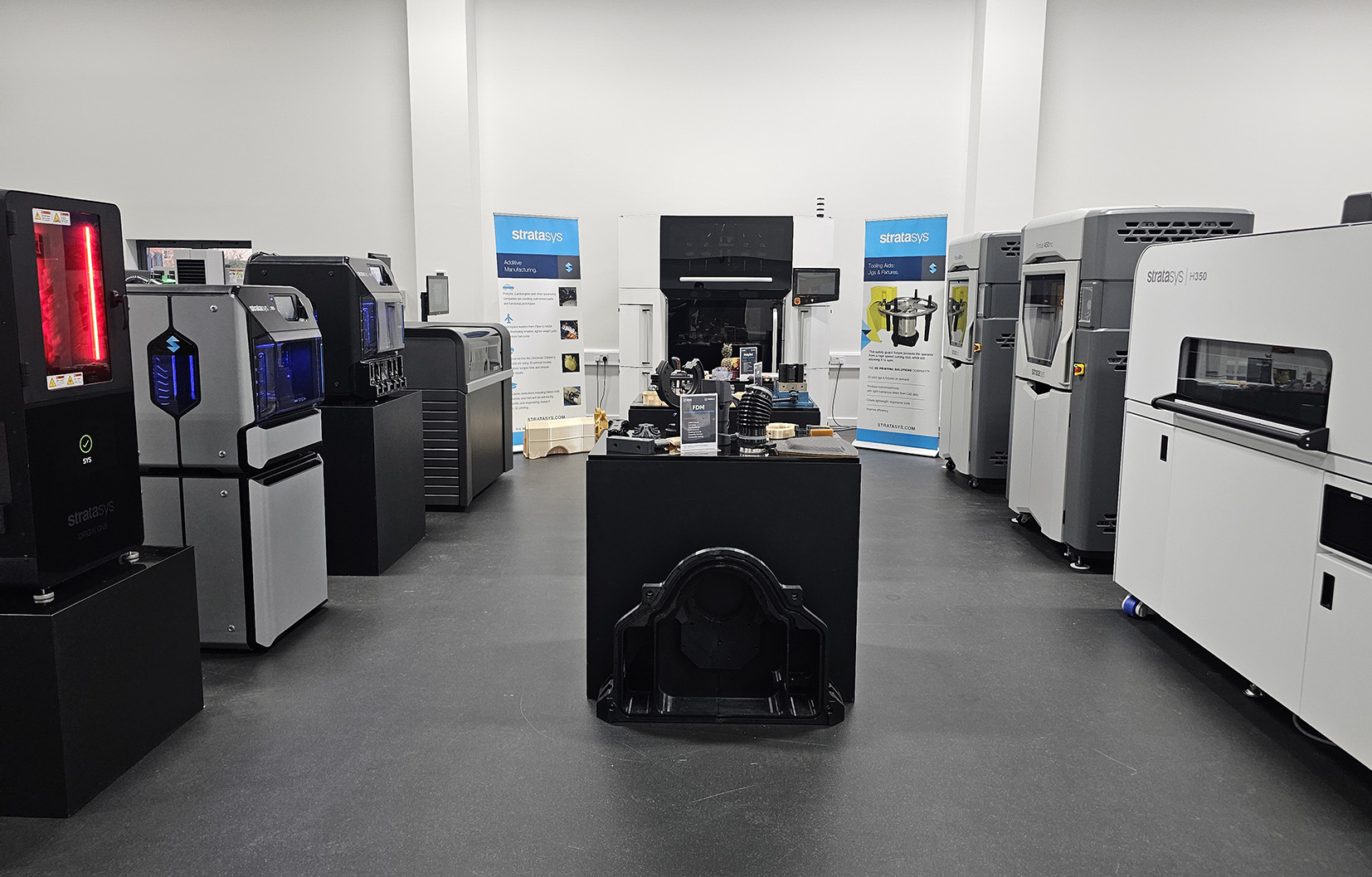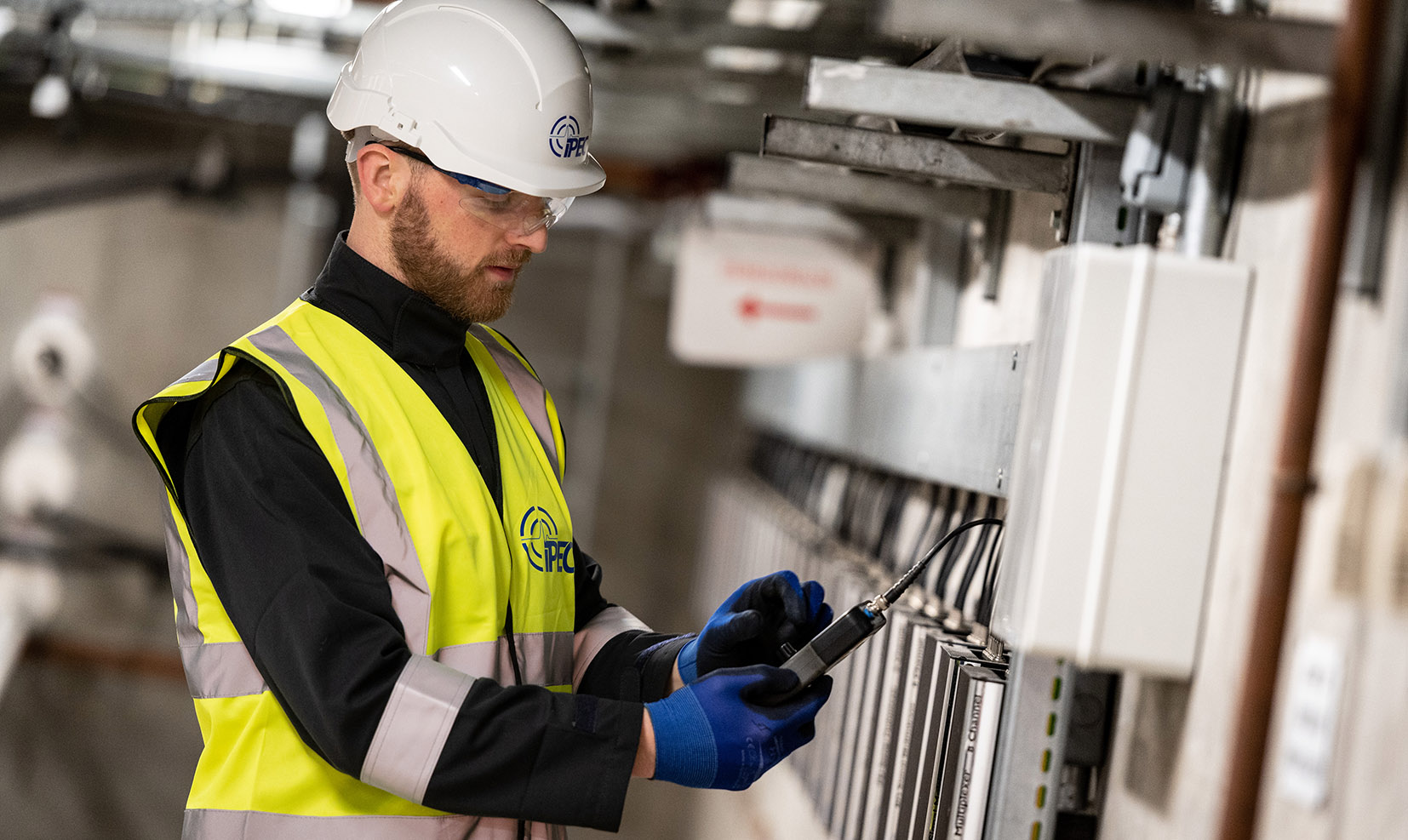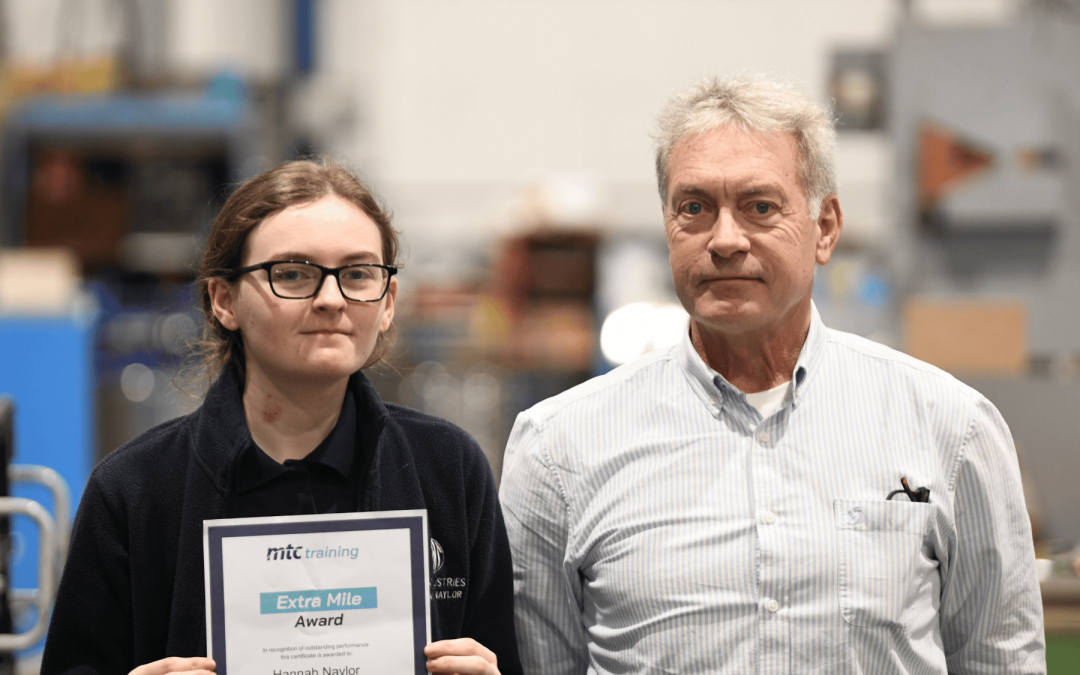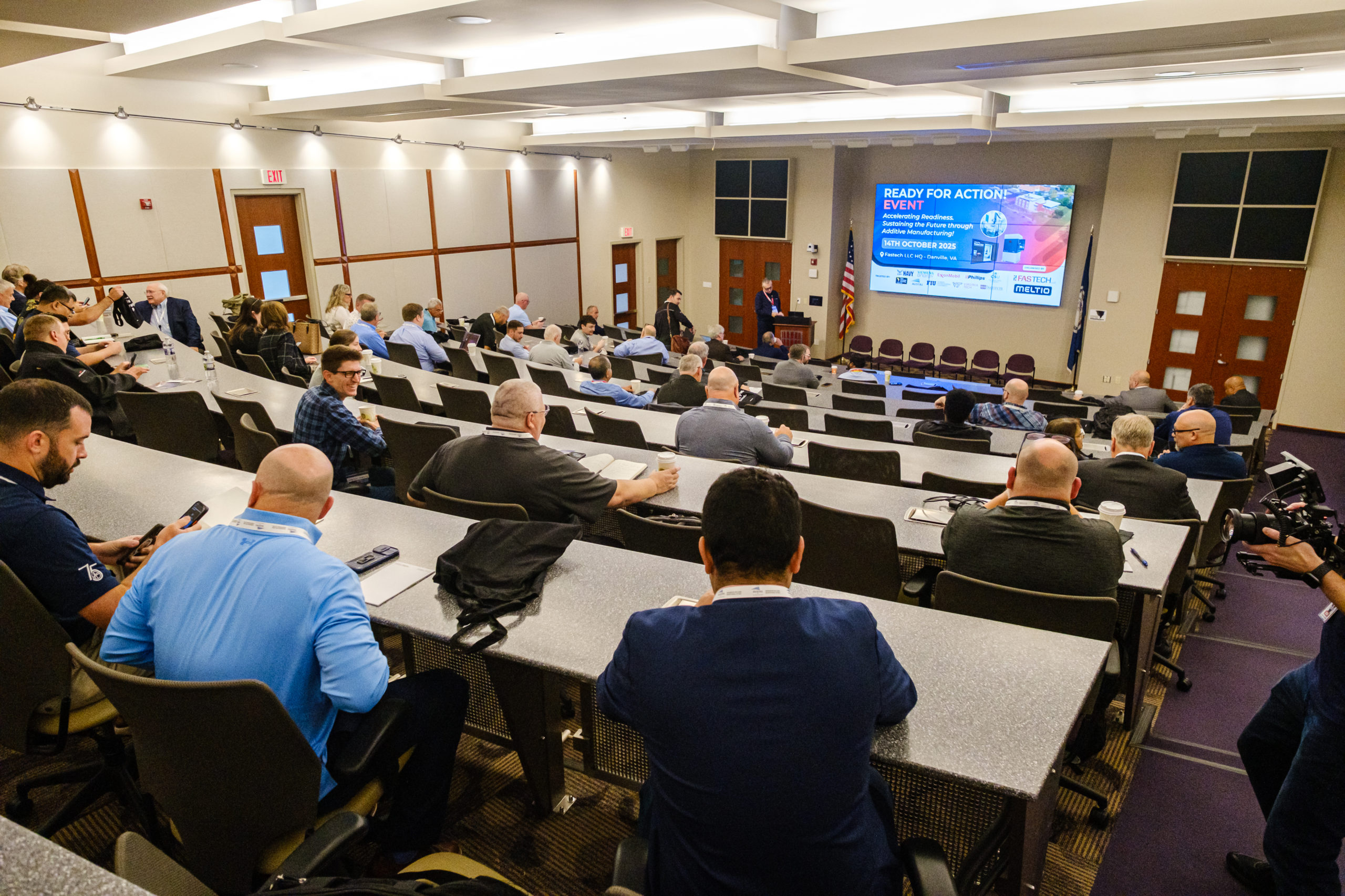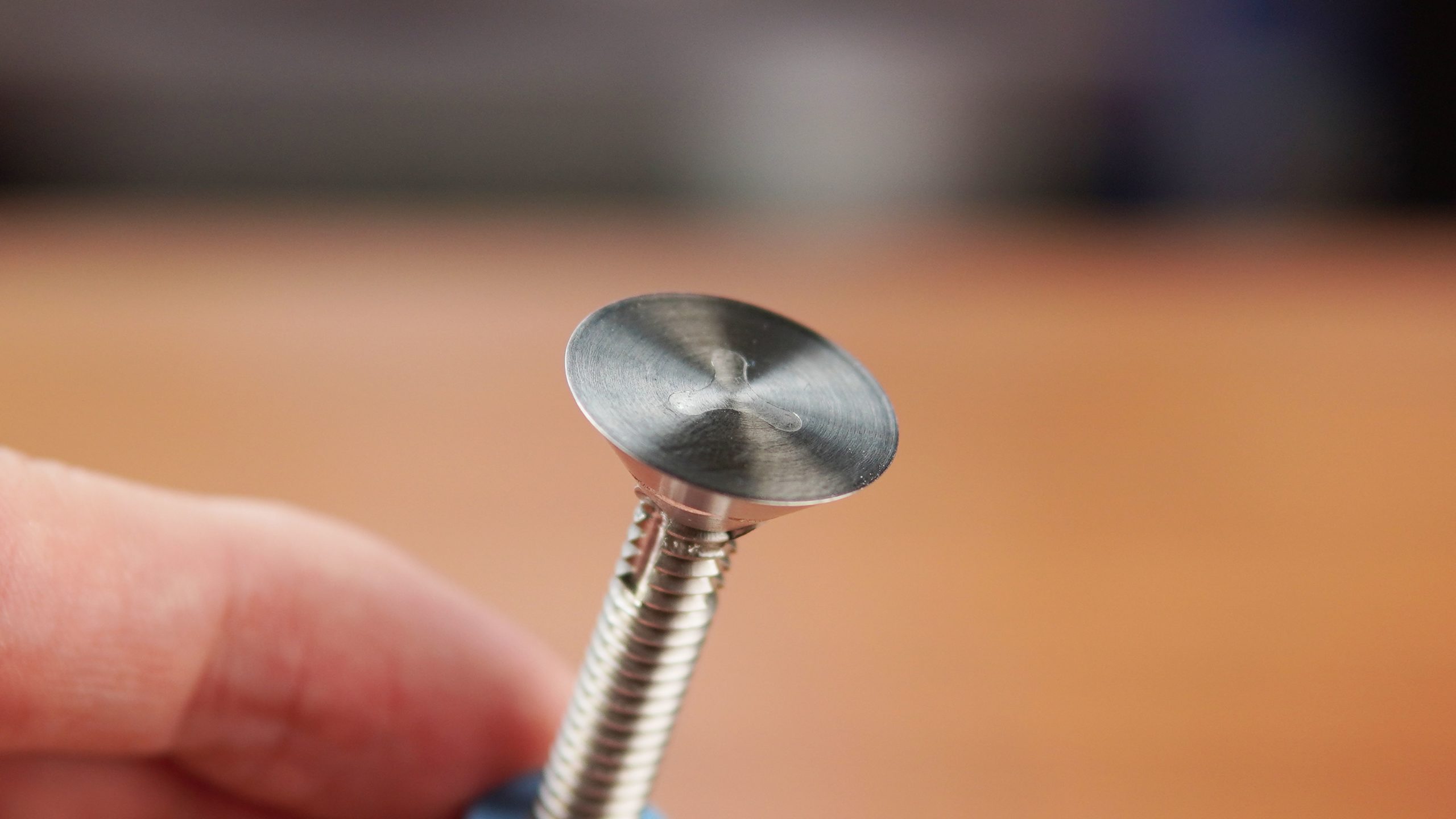Hope Technology’s green leap forward
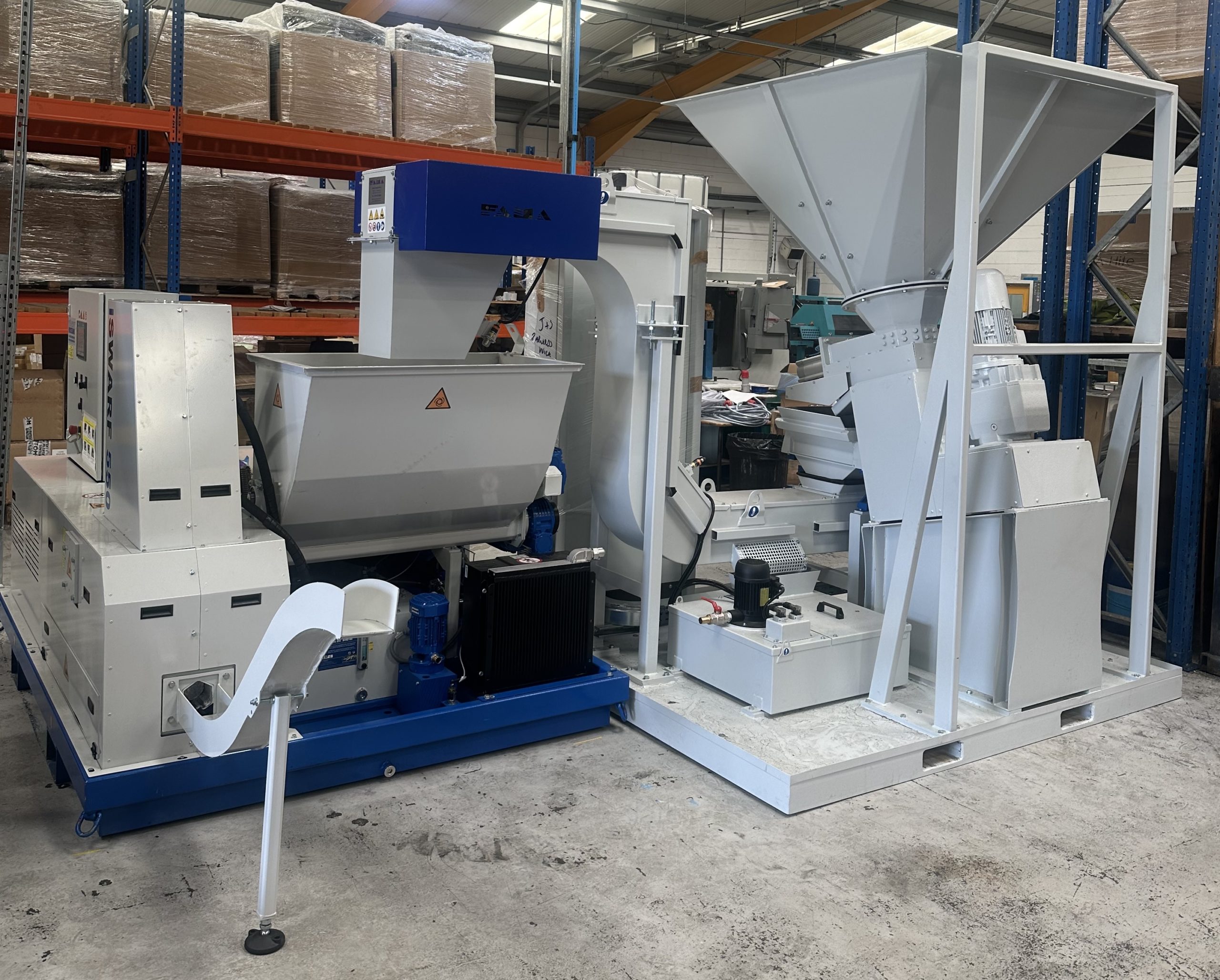
Sustainability is more than a buzzword at Hope Technology, it’s the driving force behind the company’s operations and ethos. As a business rooted in the world of cycling, a sustainable and eco-friendly lifestyle is not just an aspiration but a core value. Hope Technology’s commitment to environmental responsibility has evolved over the past decade, cementing its reputation as a leader in green manufacturing practices.
Hope’s journey toward sustainability began in 2010 with the launch of its ‘Ride to Work’ employee scheme. The initiative provided staff with bikes, promoting both a healthier lifestyle and a smaller carbon footprint. Over 14 years later, the scheme remains a cornerstone of the company’s operations.
This initiative was followed by Hope’s involvement in the government-backed ‘Get Britain Cycling’ campaign in 2013, further showcasing the company’s dedication to fostering environmentally friendly practices.
From rethinking manufacturing processes to embracing eco-friendly packaging – like switching to vegetable-based inks and eliminating plastic – Hope continues to raise the bar for sustainability in the cycling industry.
“Cycling and sustainability go hand in hand,” states Lindley Pate, Works and Production Manager at Hope Technology. “Our goal is to ensure that every facet of our business reflects this ethos. Every decision we make is an opportunity to minimise waste and maximise efficiency. We want to set an example that sustainable manufacturing is achievable without compromising quality.”
The swarf challenge
One of Hope’s latest sustainability initiatives tackles a significant challenge: the improved management of aluminium swarf waste. Swarf, the metallic waste generated during the machining processes, is not only bulky but also a catalyst for wasting lubricant or coolant and money.
Although employing a briquetting machine in support of swarf recycling efforts for some time, Hope wanted to optimise this key process in search of further sustainability gains by upgrading to a new system.
“Managing our swarf isn’t straightforward – it’s a mix of metal fragments, stray parts and other contaminants,” explains Lindley Pate. “We needed a system that could handle it all.”
Hope invested in a bespoke swarf briquetting system tailored to the unique requirements of the company’s machine shop. The aim was to compress curly, chipped, fine swarf into manageable briquettes, while reclaiming more valuable coolant and reducing storage demands. However, achieving this ambition was not without its challenges.
Technology supplier J&S Engineering worked collaboratively with Hope to design a bespoke two-stage system to replace its existing solution. Firstly, a Fama TC 400 crushing machine crushes the swarf and separates solid parts like bar-fed cut-offs and milled knockouts. The second stage sees a Hocker Polytechnik iSwarf 550 briquetting machine compress the crushed swarf into high-quality aluminium briquettes.
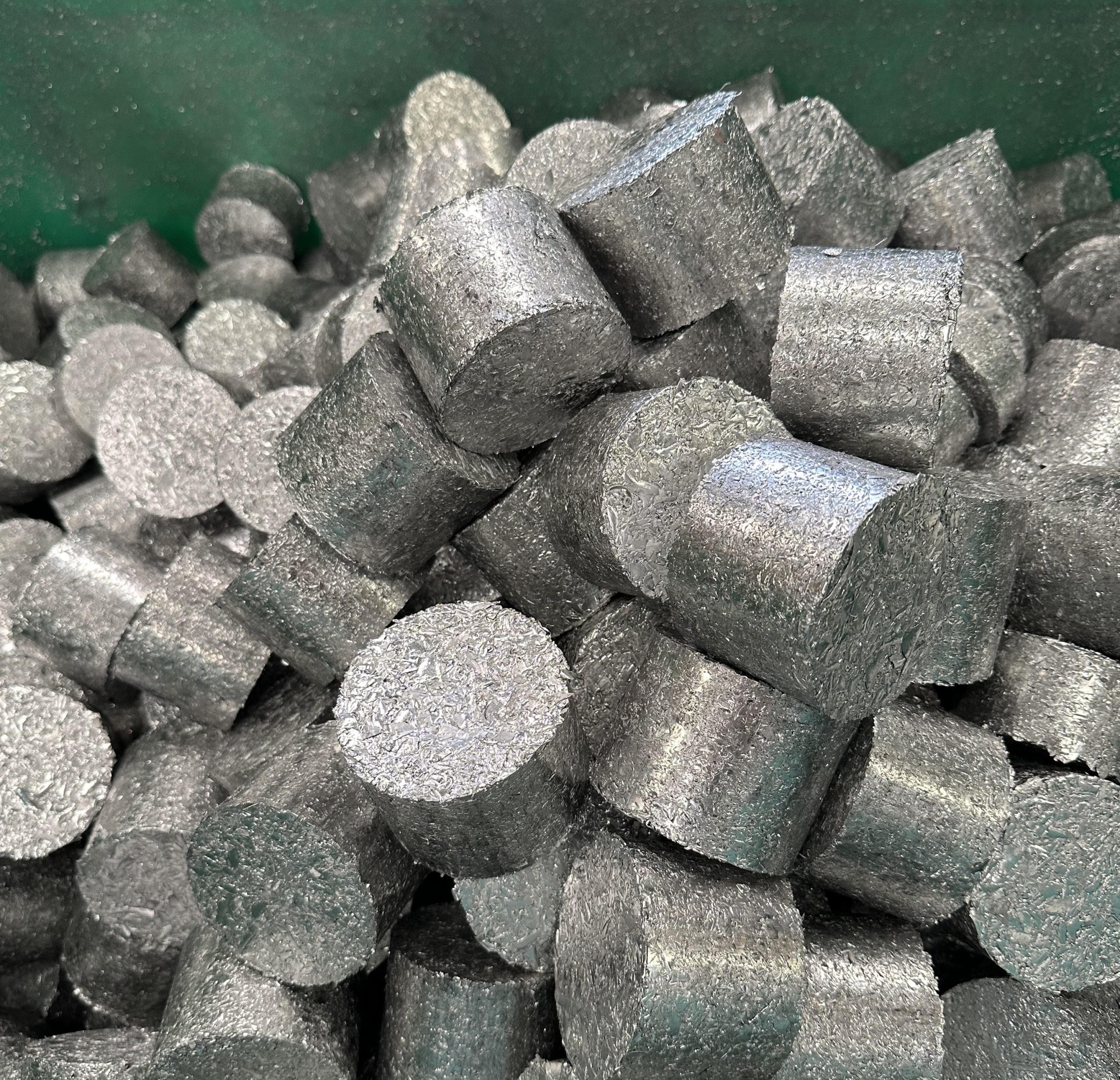
The integrated system not only simplifies the management of swarf but also provides significant benefits for Hope, including space efficiency and cost savings. Swarf briquettes reduce waste volume, cutting recycler pick-ups by a remarkable 19:1 ratio. Moreover, the higher quality briquettes fetch better prices from recyclers as the swarf is drier due to improved compression technology in the replacement system. The other benefit to this of course also being the greater quantity of coolant being reclaimed for reuse within the factory.
In combination, savings in waste management and increased revenue mean the system will pay for itself in under a year.
“Our upgraded swarf briquetting and recycling system exemplifies how sustainability and cost-effectiveness can go hand in hand. It’s a win-win for the environment and our bottom line.”
The road ahead
Hope’s new system is not just a milestone in the company’s sustainability journey, it’s a testament to the power of innovation in achieving green manufacturing goals. By continuously seeking out smarter, more sustainable solutions, Hope is reaffirming its commitment to a greener future.
Concludes Lindley Pate: “Our investment in the enhanced briquetting system is part of a broader strategy to reduce our carbon footprint. We hope it inspires others in the industry to rethink their waste management practices.”

